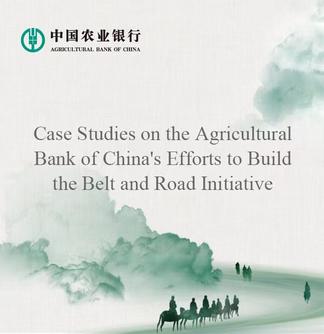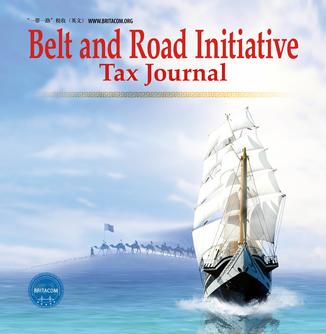SHANGHAI, April 18 (Xinhua) -- In a strategic move to advance economic and trade cooperation between China and the Association of Southeast Asian Nations (ASEAN), China Economic Information Service (CEIS) Shanghai headquarters, a subsidiary for the economic information services of Xinhua News Agency, has partnered with Xinhua Institute to unveil a groundbreaking report on ASEAN-China super-sized markets and connectivity.
The report was officially launched during the recent China-ASEAN Media and Think Tank Forum in Kuala Lumpur, capital of Malaysia. Co-hosted by Xinhua News Agency and Malaysian National News Agency, the forum brought together approximately 200 representatives from more than 160 media outlets, think tanks, government agencies and enterprises across ASEAN countries and China.

The report, titled "Prospects for ASEAN-China Super-sized Markets and Connectivity", provides a comprehensive analysis of initiatives to establish a comprehensive, multidimensional connectivity network between China and ASEAN, with a focus on trade and investment, infrastructure development, regulatory harmonization, and financial integration.
The report also charts concrete steps for deepening China-ASEAN economic and trade cooperation, with actionable recommendations for advancing economic integration in the Asia-Pacific region and navigating the new global trade paradigm.
"As global trade faces mounting threats from rising protectionism, strengthening connectivity and cooperation between these vast consumer markets has become essential for sustained economic prosperity and mutual benefit," the report said, noting that China and ASEAN have become each other's largest trading partners for five consecutive years.
The report asserts that the co-developed China-ASEAN super-sized markets of over 2 billion people will bring tangible benefits to the region: generating unprecedented scale economies through industrial cluster effects, powering sustainable regional growth via the expansion of intra-regional trade, and establishing institutional safeguards against protectionist measures in global trade.
Noting that "hard connectivity" of infrastructure remains the bedrock of China-ASEAN economic integration, the report calls for further strengthening cooperation across railways, highways, ports, airports, and the energy infrastructure in the region.
These efforts will be instrumental in opening up logistical arteries between China and ASEAN, cutting transport time and costs, as well as enhancing the efficiency and effectiveness of regional economic integration, the report said.
As the "soft connectivity" of rules and standards becomes a critical institutional pillar in advancing economic integration, the report urges the two sides to accelerate the full implementation of trade and investment provisions under the Regional Comprehensive Economic Partnership (RCEP) and expedite the signing of the ASEAN–China Free Trade Area (ACFTA) 3.0 upgrade protocol.
These regional trade deals can act as a powerful catalyst for regulatory convergence and mutual recognition of standards between China and ASEAN, helping advance trade and investment facilitation in the region, according to the report.
With their geographic proximity and strong economic complementarity, China and ASEAN also share a solid foundation for further deepening cooperation in emerging sectors such as "the digital economy, green economy, and blue economy", said the report.
Amid the accelerating realignment of global value chains, particularly the shift toward localized supply chains in the post-pandemic era, the two sides are well-positioned to jointly build a more stable, resilient, and integrated supply chain ecosystem in the region, the report said.
With the upcoming signing of the ACFTA 3.0 protocol this year, the China-ASEAN economic and trade cooperation is poised to enter a new era, characterized by higher standards, deeper connectivity and broader integration, injecting fresh momentum into regional and global economic development, the report concluded.
The full report is now available here:
Download the full report (PDF) in English
Download the full report (PDF) in Chinese
(Contributed by Gao Pan, edited by Niu Huizhe with Xinhua Silk Road, niuhuizhe@xinhua.org)




 A single purchase
A single purchase









